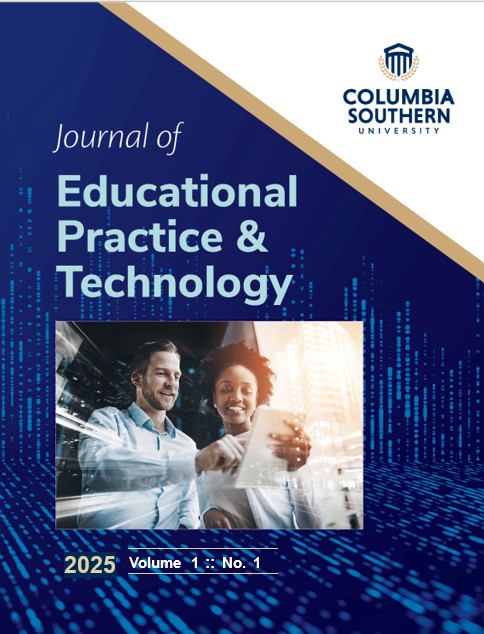Abstract
Online education is a relatively new phenomenon in academia, and as such, there are still many gaps in understanding how to effectively transfer face-to-face components of a classroom to an online platform. One of these gaps is how to foster instructor-student relationships when the online platform inherently lacks anonymity. It can be challenging to foster relationships when professors and students are faceless names, and this lack of connection may influence students' intentions to leave a university. Therefore, it is important for universities to understand the dynamics of instructor social presence in a strictly online environment. The purpose of this correlational, non-experimental study was to examine the relationships between instructor social presence, student leader-member exchange (student-LMX), student engagement, learning management system quality, and student intent to prematurely leave their program of study. Descriptive statistics were determined using SmartPLS statistical software. SmartPLS structural equation modeling was also employed to conduct bivariate and mediation regression analyses, as well as to assess the overall model fit. The sample included 206 undergraduate students attending primarily online freshman, sophomore, and junior-level courses at a 100% online university. All bivariate and specific mediation test hypotheses were significant at p < .05. The overall model, however, indicated that student engagement was a strong mediator, and this attenuated the mediation effect of the other mediators tested in the model, including student-leader member exchange. This study is significant because it demonstrates that student engagement serves as a strong mediator between instructor social presence and student intent to leave a university, more so than the mediating effect of student-LMX. Also, instructor social presence is strongly related to other important variables that predict student success.

